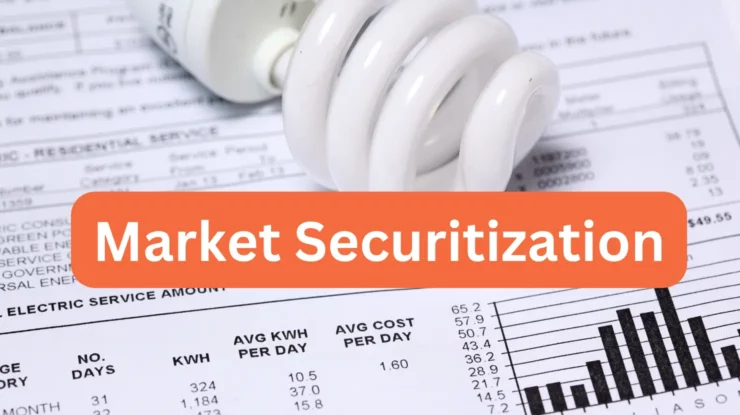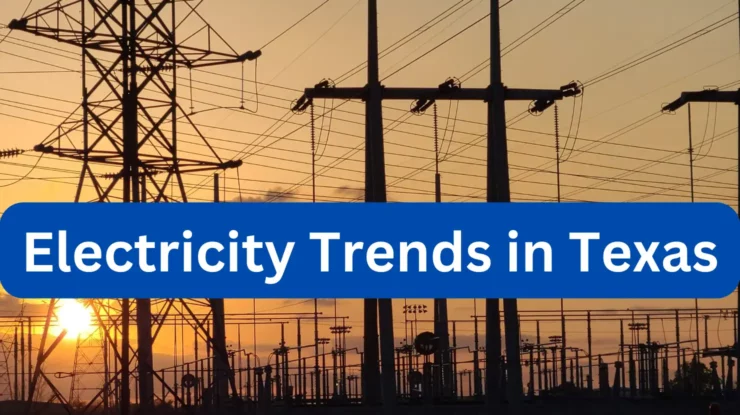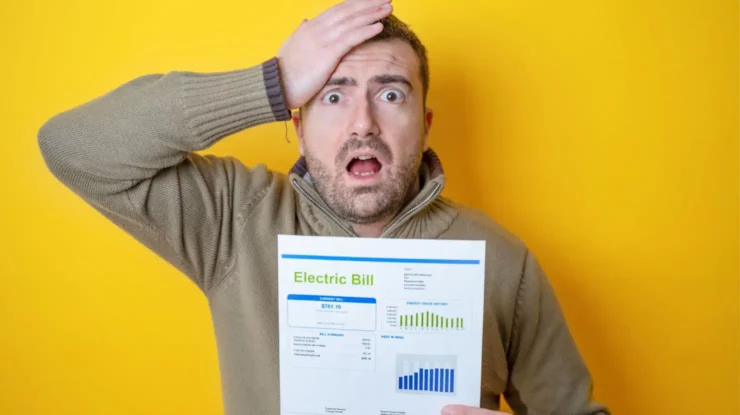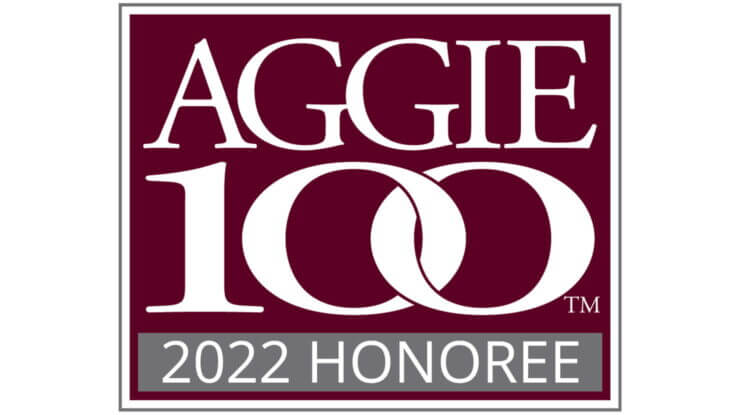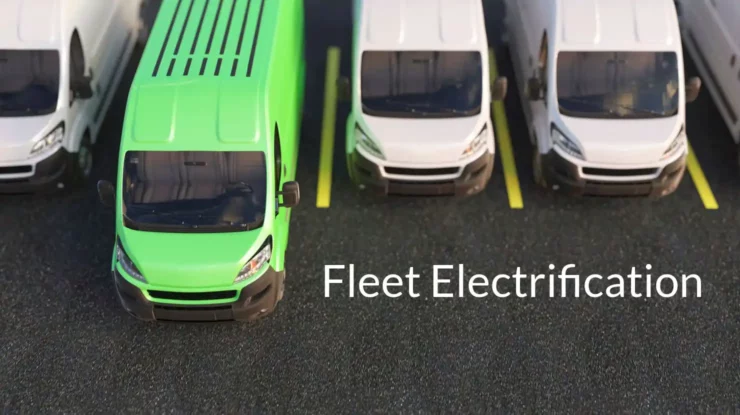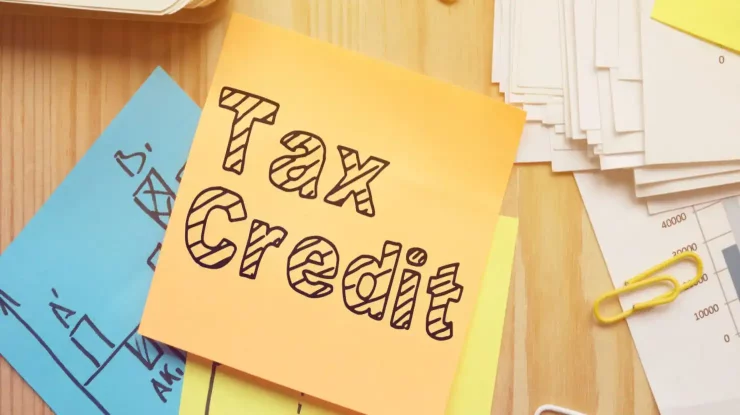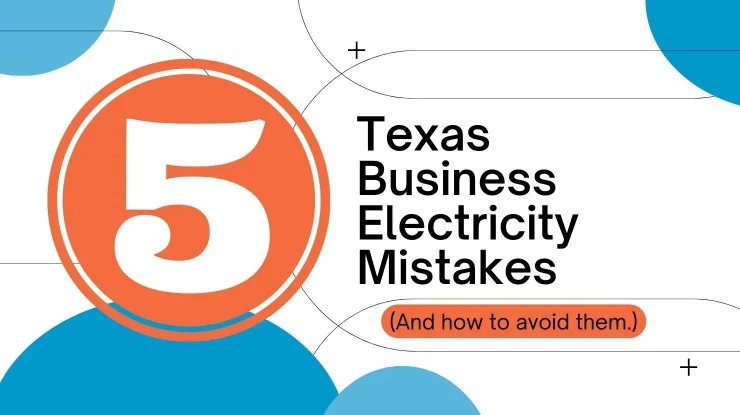Smart Electricity Shopping
Market securitization charges are a new line item on Texas electricity bills. They’re a direct outcome of Winter Storm Uri, paying for some of the extraordinary costs of that storm.
The Texas legislature passed House Bill (HB) 4492 in 2021 in response to the storm’s financial impact on the ERCOT power region. The legislation allows Texas REPs to add the charge to their bills for the next 30 years
You can’t avoid paying these fees, which are from a regulatory change. But you might as well understand them, since you’ll be paying them for the next 3 decades.
Read More about What are Market Securitization Charges?
Texas electricity trends for 2023 show lower prices than 2022 and more options for short and long term electricity contracts. Other trends in Texas electricity include green energy plans going mainstream, more consumers choosing to add solar panels to their homes, and opportunities to get rewarded for cutting your usage.
This is also the year that market restructuring will occur, as Texas looks to ensure grid reliability. Those changes will drive up future electricity prices beyond 2023.
We’ll review all that and more below. If you’re in a hurry and just want to find your best electricity plan? Jump right to our recommendations to find the best electricity rates.
Read More about Texas Electricity Trends for 2023
Electricity rates in Connecticut went up an unprecedented 88% to 100% on January 1, 2023. While that crisis has passed, Connecticut electricity bills continue to be some of the highest in the country. Since electricity rates for your utility change twice a year, it makes sense to monitor rates and consider locking in a low fixed rate for your home or business in Connecticut.
Read More about Connecticut Electricity Rates Skyrocket in 2023
What an amazing honor to serve our customers.
Because of you, on November 4th, 2022, ElectricityPlans.com was among the top 100 companies from around the world selected for the 18th annual Aggie 100TM which honors the fastest growing companies owned by former students of Texas A&M University.
Read More about ElectricityPlans Named to the 18th Annual Aggie 100, Honored as Fastest-Growing Company
If you have a fleet of vehicles for your business, you may be considering going EV for your next purchase. With good reason. There are now more choices for passenger and light-duty fleet vehicles. Here’s a basic guide to fleet electrification 101.
Read More about Electric Vehicle Fleets: A Guide for Business Owners
It’s the double whammy for electricity bills. We often think that only our summer electricity bills are high. But your winter electricity bill can also be expensive depending on our winter weather.
Winter energy savings tips focus on insulation, keeping your “building envelope” secured against the elements, and setting your thermostat at the proper level.
Read More about How to Lower Your Electricity Bill this Winter
We get questions like this all the time from customers, friends and neighbors. Will electricity prices fall this fall?
Normally we would say, of course! Electricity prices always drop in the fall in Texas. And this year is no exception, based on what we’re seeing with pricing. Prices are dropping… just not as far as we all hoped.
This article was written in Summer 2022. See our Texas Electricity Rate Trends 2023 article for the latest electricity price forecast for 2023.
Read More about Will Electricity Prices Fall this Fall in Texas?
For homeowners, the Inflation Reduction Act of 2022 includes over $8 billion for home energy efficiency and home electrification projects. You can receive tax credits for new technology including home solar panels, battery storage, or electric vehicles. And you can get tax credits and incentives for replacing your clothes dryer, water heater and cooktop, or for swapping out your HVAC for a heat pump HVAC.
Trump’s “One Big Beautiful Bill” passed in July 2025 modifies clean-energy incentives introduced under Biden’s Inflation Reduction Act. Here are new policies related to home solar, batteries, electrification and electric vehicles
- Residential Solar Tax Credit: Expires December 31, 2025
- EV Purchase Credit: Expires September 30, 2025
- Home Electrification Tax Credit: Expires December 31, 2025
Act quickly to take advantage of these tax incentives before they expire!
Here’s an easy reference chart for the changes:
Read More about Tax Credits for EV, Solar & Electrification – The Inflation Reduction Act of 2022
Shopping for business electricity in Texas can be a challenge. But you can avoid common mistakes businesses make in energy procurement by knowing what to look for.
Most mistakes are simple oversights. Don’t treat electricity procurement like it’s just another purchasing decision. These can be complex contracts and it’s important to avoid these errors.
Read More about Top 5 Texas Business Electricity Mistakes
Finding the cheapest electricity rates in Texas doesn’t have to be a chore or require tons of research. Every month, we update our recommendation for the top three cheapest electricity companies in Texas, and highlight the cheapest electricity rates in your area. Here’s the January 2026 update.
Read More about Cheapest Electricity Rates & Plans in Texas (January 2026)
